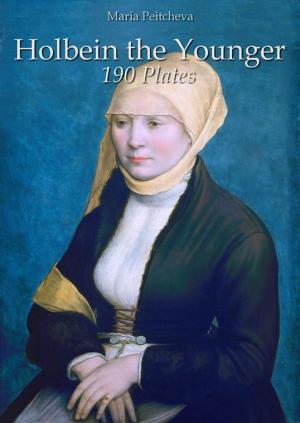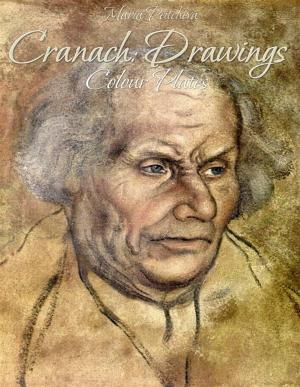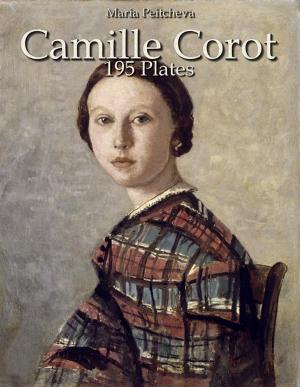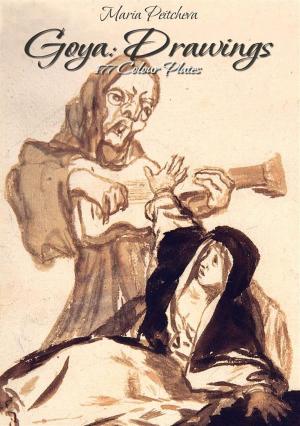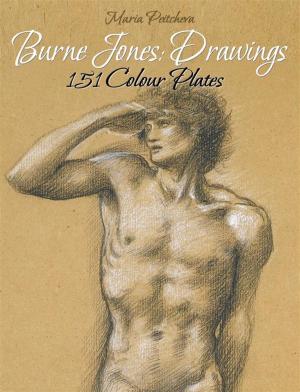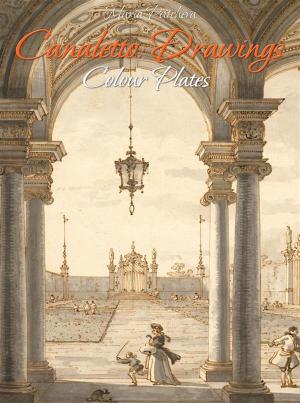Theodore Gericault: Drawings Colour Plates
Nonfiction, Home & Garden, Crafts & Hobbies, Art Technique, Drawing, Art & Architecture, General Art| Author: | Maria Peitcheva | ISBN: | 9788892553958 |
| Publisher: | Maria Peitcheva | Publication: | February 14, 2016 |
| Imprint: | Language: | English |
| Author: | Maria Peitcheva |
| ISBN: | 9788892553958 |
| Publisher: | Maria Peitcheva |
| Publication: | February 14, 2016 |
| Imprint: | |
| Language: | English |
Jean-Louis André Théodore Géricault (1791 – 1824) was an influential French painter and lithographer, known for The Raft of the Medusa and other paintings. Although he died young, he was one of the pioneers of the Romantic movement.
Géricault's first major work, The Charging Chasseur, exhibited at the Paris Salon of 1812, revealed the influence of the style of Rubens and an interest in the depiction of contemporary subject matter. Géricault continually returned to the military themes of his early paintings, and the series of lithographs he undertook on military subjects are considered some of the earliest masterworks in that medium. Perhaps his most significant, and certainly most ambitious work, is The Raft of the Medusa (1818–1819), which depicted the aftermath of a contemporary French shipwreck, Meduse, in which the captain had left the crew and passengers to die.
Jean-Louis André Théodore Géricault (1791 – 1824) was an influential French painter and lithographer, known for The Raft of the Medusa and other paintings. Although he died young, he was one of the pioneers of the Romantic movement.
Géricault's first major work, The Charging Chasseur, exhibited at the Paris Salon of 1812, revealed the influence of the style of Rubens and an interest in the depiction of contemporary subject matter. Géricault continually returned to the military themes of his early paintings, and the series of lithographs he undertook on military subjects are considered some of the earliest masterworks in that medium. Perhaps his most significant, and certainly most ambitious work, is The Raft of the Medusa (1818–1819), which depicted the aftermath of a contemporary French shipwreck, Meduse, in which the captain had left the crew and passengers to die.

